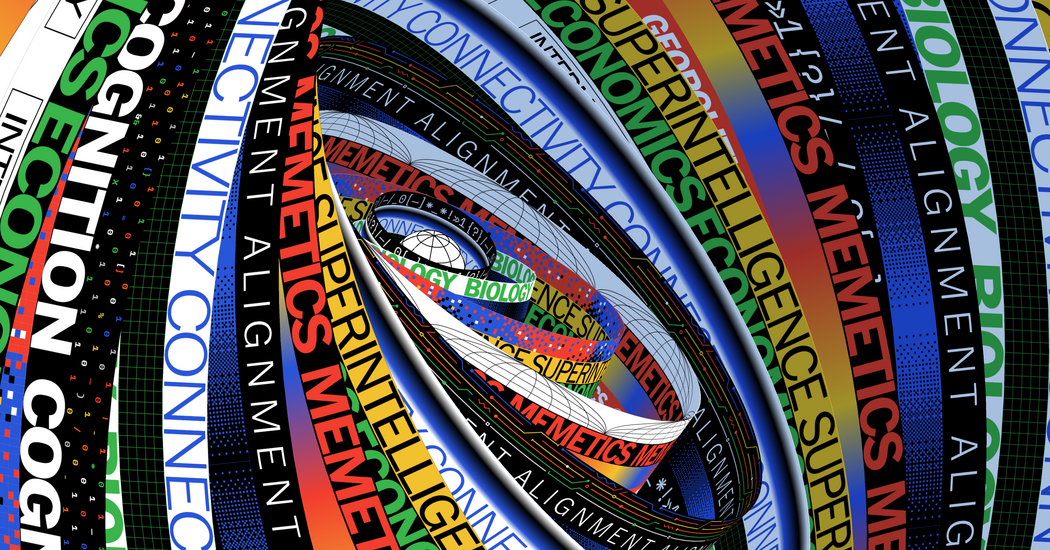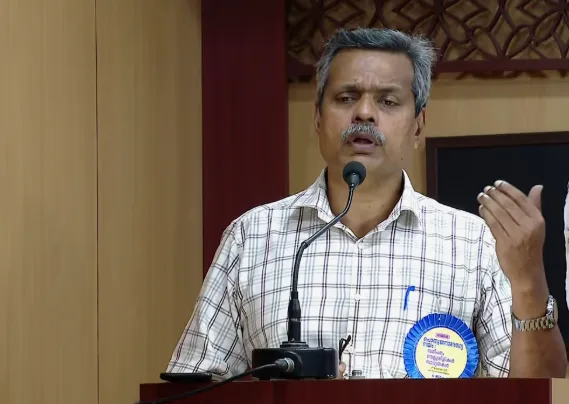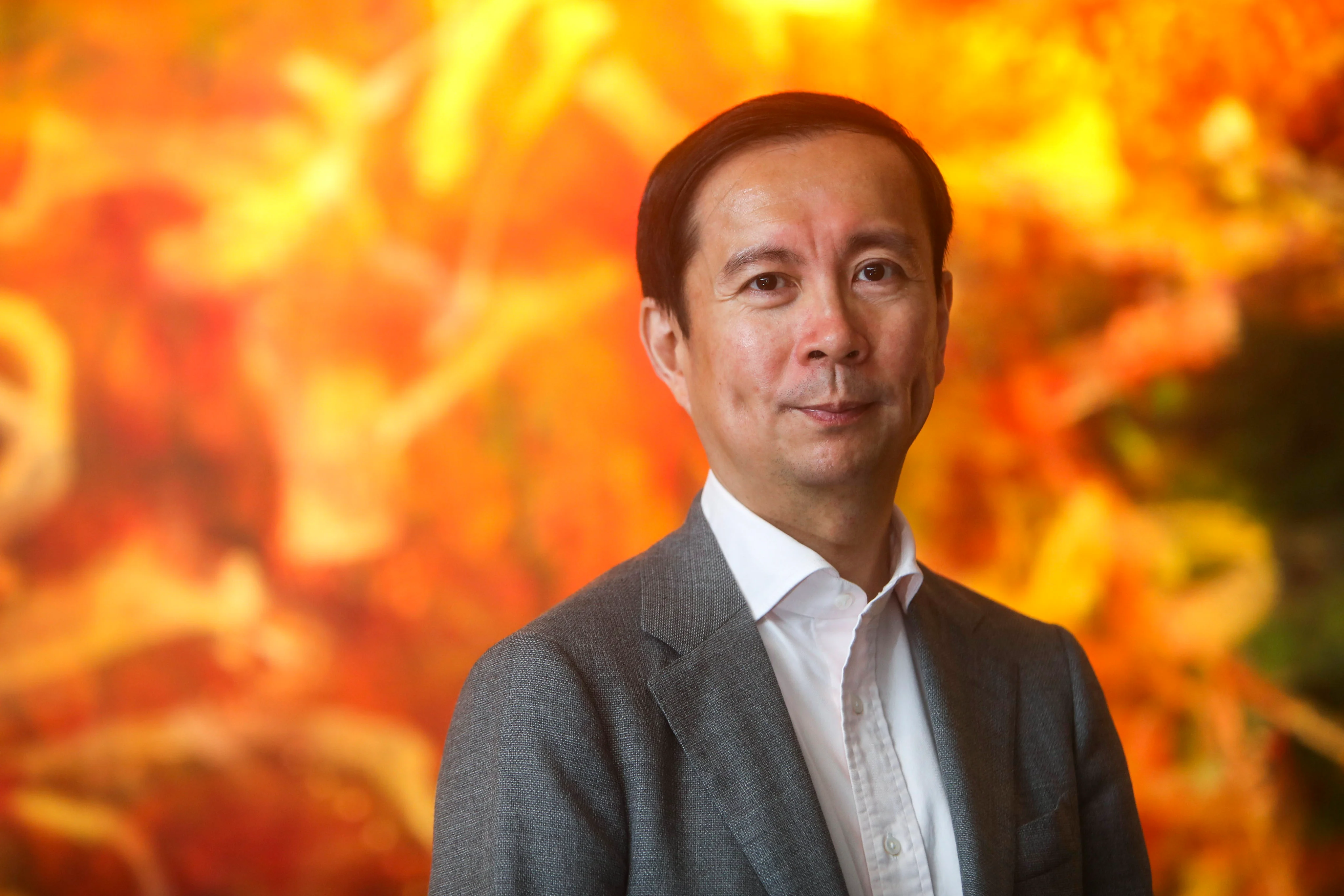Copyright The New York Times

For the past few years, I have had to ask myself a question I never asked before in my life: What should we call the era we’re living in today? I was born into the “Cold War” era, and most of my career as a columnist was in the “Post-Cold War.” The latter era — those decades since 1989 characterized by American unipolar dominance — ended in the 2020s with the chaotic U.S. withdrawal from Afghanistan, followed by Russia’s full-scale invasion of Ukraine, which exploded Europe’s Cold War and post-Cold War security architecture, followed by China’s emergence as a true peer economic and military rival to the U.S. My initial thought was that we should call this new epoch the “Post-Post-Cold War,” but that made no sense. No, we have arrived at a moment that is much more than the aftermath of a largely bipolar superpower rivalry born in the mid- to late 1940s. It’s the birth of something novel and highly complex to which we all must adapt, and quickly — but what to call it? Many climate scientists call our current epoch the “Anthropocene” — the first human-driven climate era. Many technologists call it the “Information Age” or now the “Artificial Intelligence Age.” Some strategists prefer to call it “the Return of Geopolitics” or, as the historian Robert Kagan put it, “the Jungle Grows Back.” But none of these labels capture the full fusion taking place between accelerating climate change and rapid transformations in technology, biology, cognition, connectivity, material science, geopolitics and geoeconomics. They have set off an explosion of all sorts of things combining with all sorts of other things — so much so that everywhere you turn these days binary systems seem be giving way to poly ones. Artificial intelligence is hurtling toward “polymathic artificial general intelligence,” climate change is cascading into “poly-crisis,” geopolitics is evolving into “polycentric” and “polyamorous” alignments, once-binary trade is dispersing into “poly-economic” supply webs, and our societies are diversifying into ever more “polymorphic” mosaics. As a foreign affairs columnist, I now have to track the impact and interactions of not only superpowers, but also super-intelligent machines, super-empowered individuals taking advantage of technology to extend their reach and super-global corporations,as well as super-storms and super-failing states, like Libya and Sudan.



